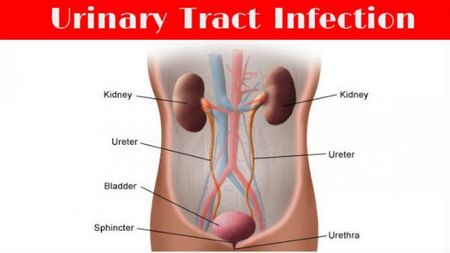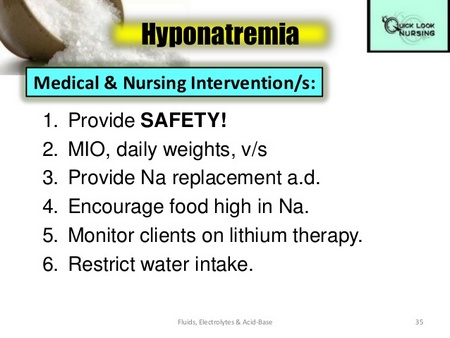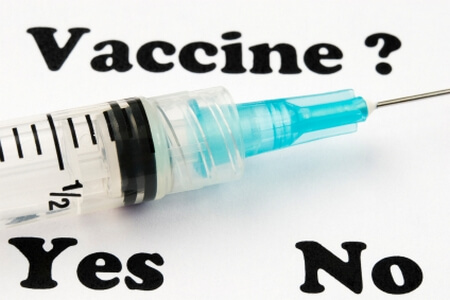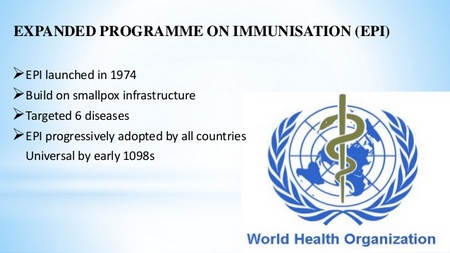Urinary Tract Infections (UTIS): Definition, Symptoms, Test and Treatment
Urinary Tract Infections (UTIs): The Urinary Tract consists of Kidneys, Ureters, Bladder, and Urethra. The work of the urinary tract is to remove waste and excess water from the body. It can be divided into the upper urinary tract and lower urinary tract. Urinary Tract Infections (UTI) are caused by bacteria overcoming the body’s […]
Urinary Tract Infections (UTIS): Definition, Symptoms, Test and Treatment Read More »










